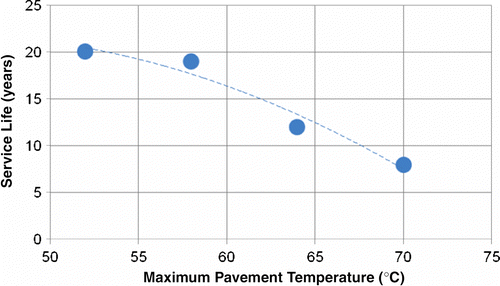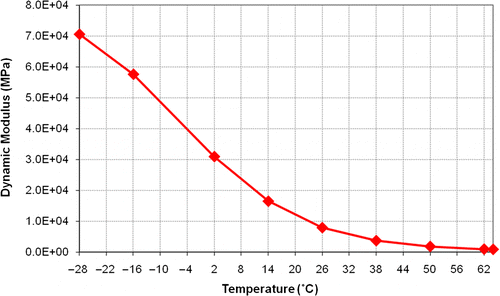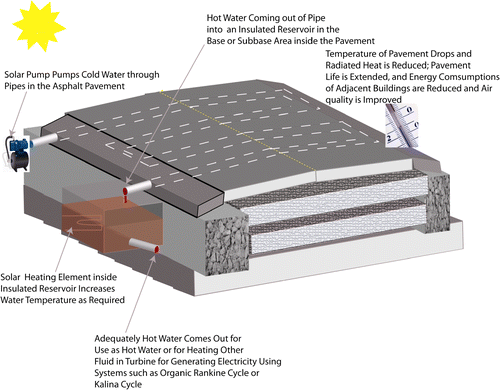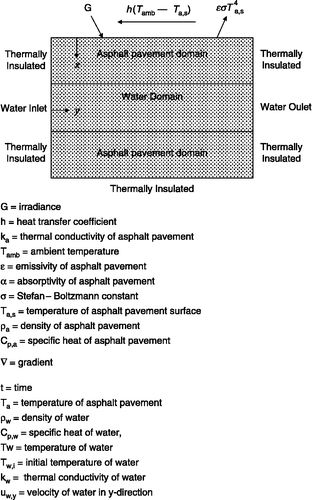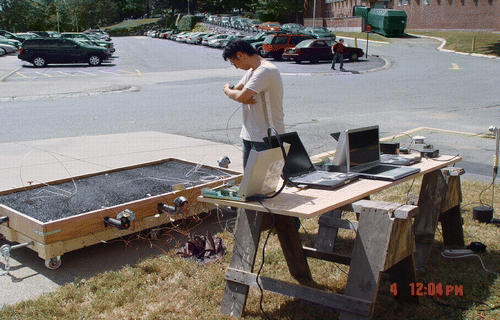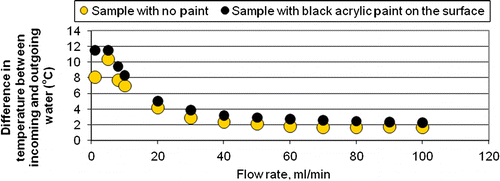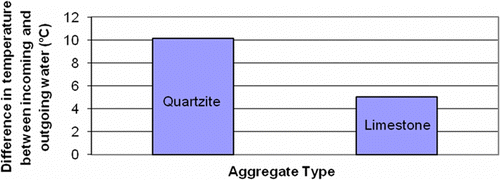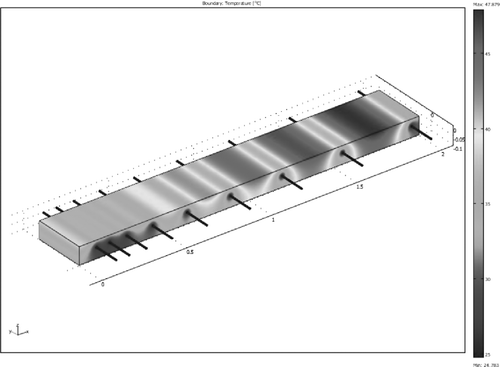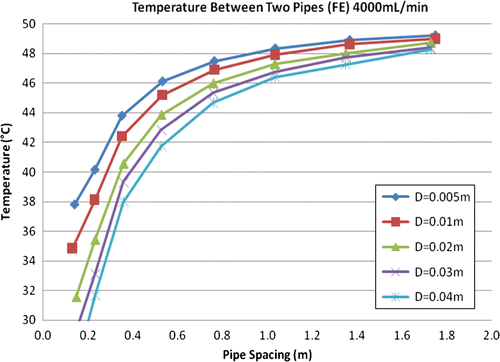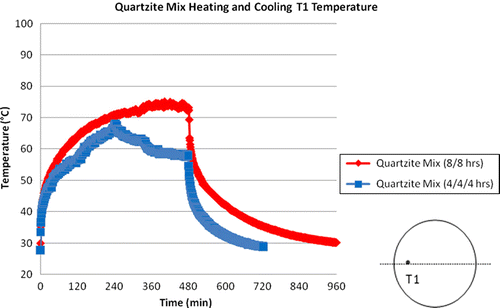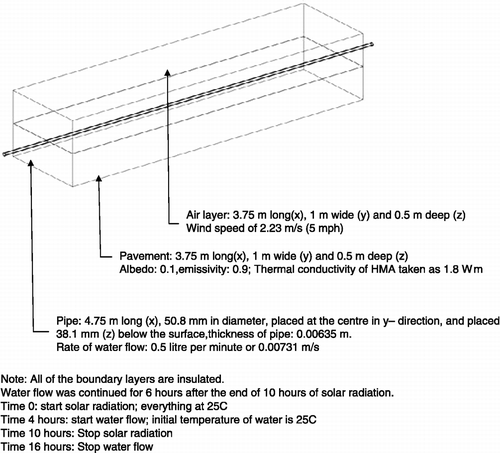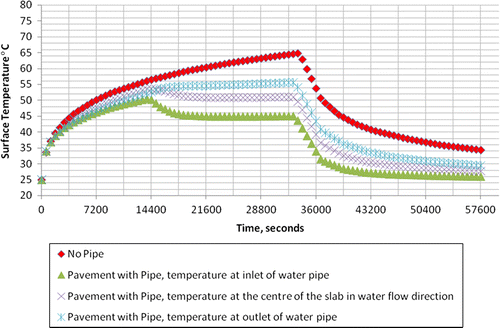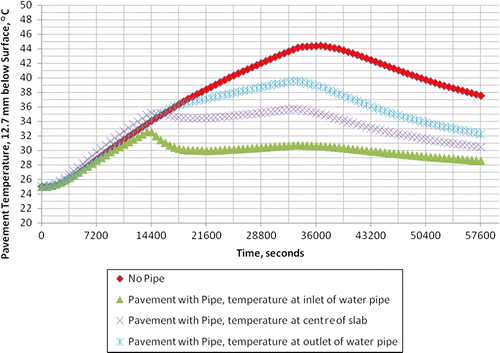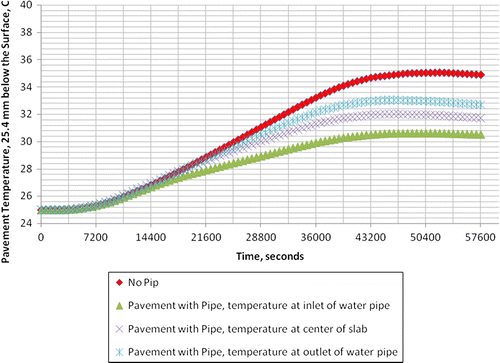Figures & data
Table 1 Maximum temperature of the asphalt pavement surface.
Figure 1 Maximum temperature of a 2-day period in August at different depths of an asphalt pavement in Houston, TX.
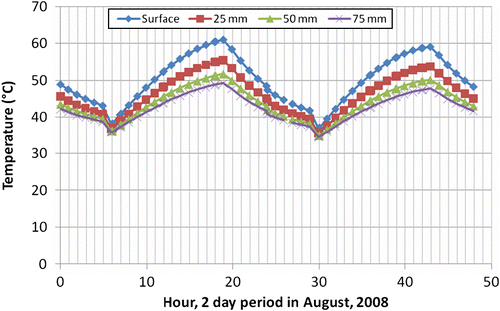
Figure 6 Test set-up (note: thermocouples from Cole-Parmer, Type K (chromel–alumel) thermocouple, − 250 to +482°C temperature range. Response time is 15 s and sensitivity is approximately 41 μV/°C. Data acquisition system: National Instruments SC-2345 Series. Software: LabView 8.1.)
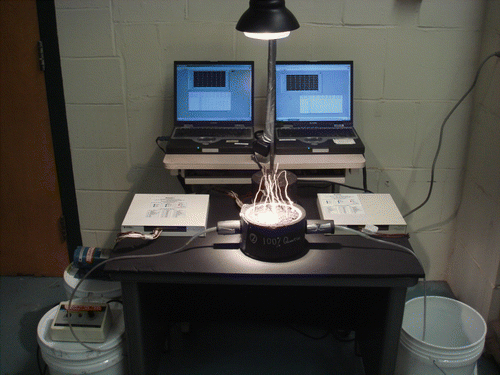
Figure 10 Plots for pipe length required for the wall temperature of 40 and 60°C pavement temperature.
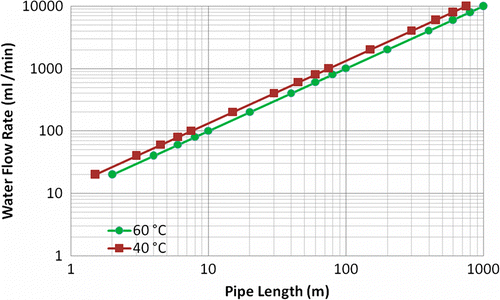
Table 2 Average reduction in surface temperature due to flowing water.
Table 3 Effect of reduction in 5°F air temperature on energy consumption and 1 h/8 h ozone concentration (from MIST).
Figure 21 Temperatures (F) in different areas of a parking lot with cars on a weekday. Date: 31 October 2008; Location: Worcester, MA.

Figure 22 Effect of maximum pavement temperature on service life of asphalt pavement (considering high-temperature-related permanent deformation only).
